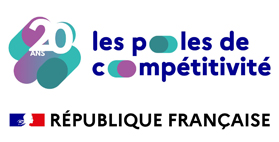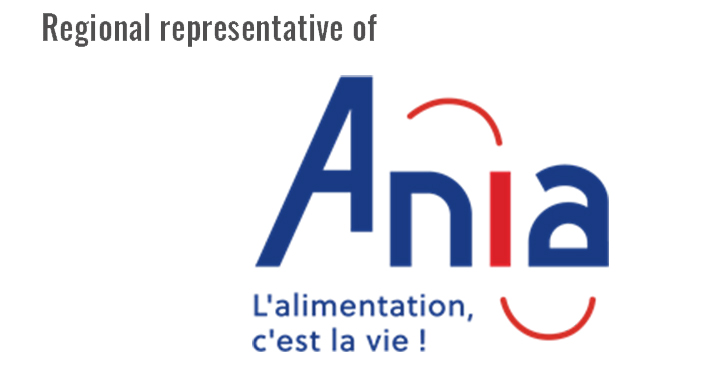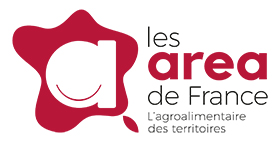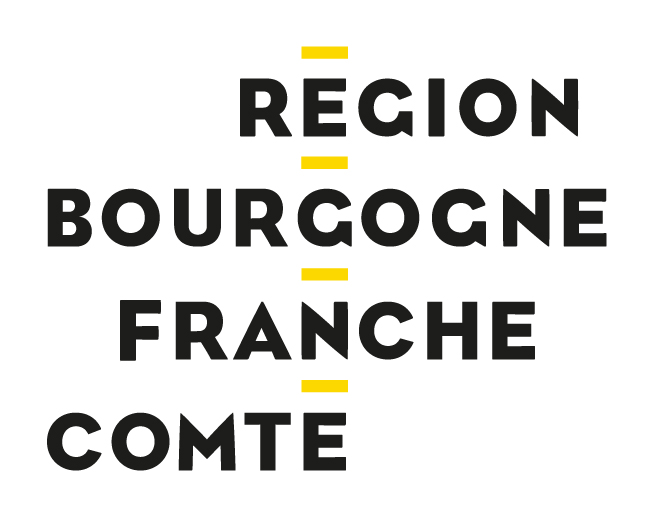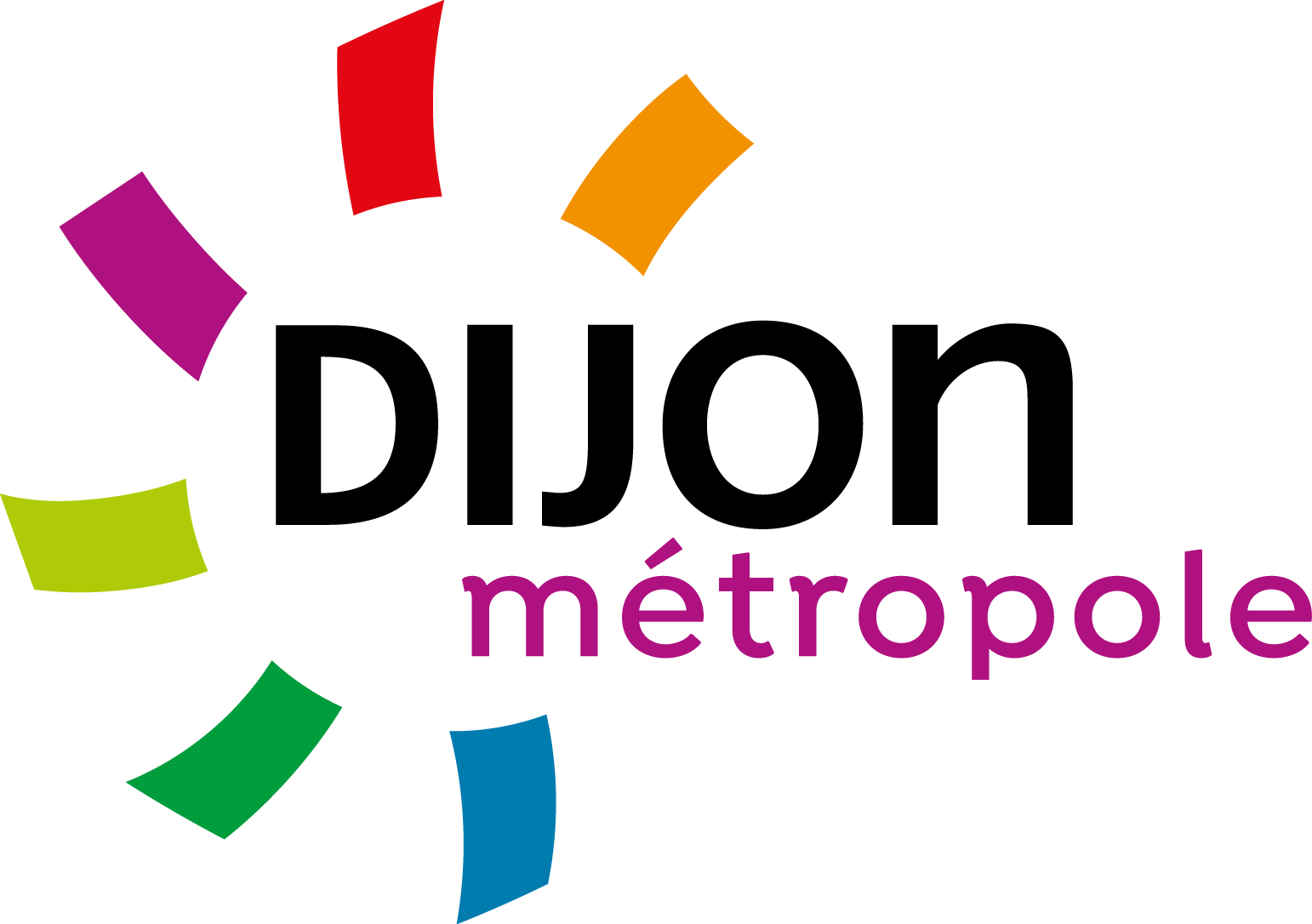24 October 2019 / The experts of the Vitagora ecosystem / Vitagora publication / Science and technologies
Food: choosing the right words to catch consumer attention
This article is also available in French:
 What is the best way to communicate about a new food product? How to decide the product positioning. Flavour? Health? How to develop a message that consumers will understand? Clémentine Hugol-Gential’s job at CIMEOS is to analyse the meaning of words and what they represent.
What is the best way to communicate about a new food product? How to decide the product positioning. Flavour? Health? How to develop a message that consumers will understand? Clémentine Hugol-Gential’s job at CIMEOS is to analyse the meaning of words and what they represent.
Why this should interest you
- Choosing the right words to address consumers is the best way to ensure an effective message
- CIMEOS’s expertise in communication for the food industry provides solutions for developing messages with impact
- Analysing the impact of messages about consumer practices helps to measure the limitations of “health”, and encourages “tasty and good for you” messages consistent with consumer expectations.
- Be aware of the channels you choose for food industry communication and be careful of oversimplifications that can cause confusion or poor dietary behaviour
When developing a new food product, your marketing and communication teams are called upon to devise the product's positioning, target and the most relevant messages to appeal to consumers. Should we focus on the well-being aspect of the product or highlight how tasty it is? Should we emphasise the origin of the ingredients or innovative features? Can we combine all these messages in the same message without confusion? Do we need to address cultural differences at an international level? How do I make the right choices?
Developing the right message is complex and depends on many elements: positioning, choice of words, matching expectations with consumer culture…the list goes on. What is the solution?
Here are some ideas from Clémentine Hugol-Gential, lecturer at the University of Burgundy and member of academic staff at the CIMEOS research lab in Dijon.
Clémentine Hugol-Gential
Clémentine Hugol-Gential graduated with a PhD in language science and joined the University of Burgundy (Languages and Communication department) in 2012 as a lecturer in Information and Communication Sciences. She co-coordinates the food and gastronomy section of the CIMEOS laboratory which conducts research into communication about food: purchasing, meal preparation, food intake, etc. More specifically, the aim is to study food messages (health, sales, advertising, etc.), the platforms, and the impact on consumer representations and dietary practices. Her research is focused on food in hospitals (ALIMS project) and in institutions such as care homes and how to revive patients’ pleasure in eating. More broadly, Clémentine Hugol-Gential conducts research into what is “tasty food that is good for you”.
CIMEOS
CIMEOS is the Information and Communication Sciences laboratory at the University of Burgundy in Dijon. The research unit focuses on three main themes:
- Food and gastronomy
- Health, knowledge and innovation
- Socio-ecological transition, public spaces and regions
The laboratory is strongly linked with local dynamics and takes part in a range of projects with a regional food theme. The team has forged strong relationships with the local ecosystem and food industry.
CIMEOS runs the COCKTAIL project, led by Gilles Brachotte, launched in autumn 2019 with Vitagora as partner. The objective is to detect trends, weak signals, new themes and their virality on Twitter. Read on to learn more.
Choosing the right words to reach consumers
One product, several practices and representations: coffee
Due to globalisation, messages used for food and food industry brands are becoming increasingly uniform. Yet every country and every culture has its own food practices and perceptions. Clémentine uses coffee - a ubiquitous feature of daily life - to illustrate the point. "There are a multitude of messages and consumer practices behind the simple word “coffee”. Long or short, black or white, just after a meal or never in the evening… there are as many coffee habits as there are coffee consumers". To understand what triggers collective imagination, CIMEOS, working with the SEB group, conducted a comparative study entitled "Practices, messages and representations of coffee in France and Germany".
The study was conducted in three stages:
- the creation of a corpus: the collection of words and expressions used by consumers in each country to describe coffee consumption
- corpus analysis to determine the most used words and their frequency
- cross-sectional analysis of the results to assess representations of coffee in each country and listing common and differentiating elements
What does the study tell us? Firstly, there are common elements between the two countries. Through the vocabulary they use, consumers highlight their quest for authenticity with terms like origin, tradition, virtue and ethics and by using terms like organic, natural and social.
But there are almost strident differences. Terms about authenticity are common to both countries, but terms used about ethics are different. For French consumers, the word organic is widespread, whereas the notion of ethics for Germans is much more complex and involves environmental, economic and social concepts.
People’s representations of the same food products differ to a high degree. How can brands decide how to communicate with their potential customers?
Understanding consumer representations
Qualitative methodology
It is always difficult to measure the impact of a message on its target. It is very challenging to gauge how sensitive individuals are to certain subjects and words. How can you choose the right words or develop a meaningful message that will touch as many people as possible?
Social sciences use qualitative methods. In contrast to quantitative methods, the qualitative approach explores the object more deeply. There are a range of techniques for using open questions and for exploring language. Individual interviews (structured, semi-structured and unstructured), and observing participants and focus groups are among the most common.
Interviews and focus groups are used to test messages on participants and gauge their reactions. Is the message perceived positively or negatively? Does it match people's perception of the subject?
Serious games
Serious games are another interesting method. Participants are put into a specific situation and their reactions to different messages are analysed. For example, the same product with different packaging and different messages is presented to participants. They are then asked why they chose which packaging. It is even possible to have participants actively play at developing new messages for food themselves.

The impact of words on consumer practices
The limitations of healthy messages: vegetables
Choosing and repeating a message is one thing, having an impact on consumer practice is another. CIMEOS researched the representations of vegetables in a carried out by a post-doctoral researcher for the company Bonduelle, titles "The image of legumes: circulation of narratives in the media space and disillusionment” (PhD thesis by Hélène Burzala, available here – in French).
Some messages have been repeated so frequently that they become engraved in our collective unconscious. "Eat 5 fruit and vegetables every day" is an example. Would you be surprised if we told you it has had no impact on fruit and vegetable consumption since it was released in 2001?
Clémentine explains: "The message for vegetables uses health and nutritional aspects at the expense of pleasure. It also reduces vegetables to simple functional ingredients.” This type of public health message leads to “food disillusionment”. It is not convincing for people attached to the French food model who advocate pleasure through flavour and local food identities.
Promoting tasty food that is good for you
How do you create desire in consumers? How can we inspire them to eat more healthy food? "Consumers are looking for purpose in their food. Choices are made based on a large number of criteria including authenticity, origin and farming practices,” explains Clémentine. Recent dietary trends such as increasing popularity in plant food, flexitarian habits and clean labels are proof of such.
Communication modes: beware of oversimplifications
Our current desire for immediacy means social media rules and is very influential. Sources are not always verified, but consumers generally trust them. They are indeed interesting channels for communicating, attracting consumers to your brand, and are capable of providing quick information in the event of a crisis, but messages tend to be short and over-simplified. Misperceived or misunderstood messages quickly turn into bad buzz. How we communicate the message is as important as the content of the message.
Yet social media, particularly Twitter for those who know how to decipher it, can be an excellent sounding board for consumer expectations and emerging consumer trends. CIMEOS created the COCKTAIL project, led by Gilles Brachotte, to study this source of information. The aim of the project is to highlight new food practices, new cultural trends, product diversion, consumer communities and how they interact.
The project’s ultimate goal is to create a digital information platform for the general public and for the food industry (decision making, crisis management, brand image and new trends).
Keywords
Consumers, behaviour, messages, perceptions
|
Find out moreBeyond her research into consumer food narratives, Clémentine Hugol-Gential and the "Food and gastronomy" team at CIMEOS are more generally looking into representations of food ithin society.
To find out more about the expertise and areas of study of CIMEOS or the COCKTAIL project, contact Elodie Da Silva, Innovation & Ecosystem team leader with Vitagora: elodie.dasilva@vitagora.com.
A food engineer from the French city of Toulouse, Elodie devotes her considerable energies to leading Vitagora's team of food innovation professionals in supporting members' innovation activities. |
Further reading
- Une ontologie de la culture de la vigne : des savoirs académiques aux savoirs d'expérience Clémentine Hugol-Gential, Marie Simon, Aurélie Bertaux, Ouassila Narsis, Rami Belkaroui, Amira Mouakher, Christophe Nicolle. Recherches en communication, Centre de recherche en communication, Université Catholique de Louvain, 2019. Lien : http://sites.uclouvain.be/rec/index.php/rec/article/viewArticle/11303
- De la responsabilité de santé à la responsabilité éthique : la légitimation de nouveaux experts alimentaires en France, le cas du légume, Clémentine Hugol-Gential, Sarah Bastien, Hélène Burzala-Ory, Audrey Noacco, Viviane Clavier ; Jean-Philippe De Oliveira. Alimentation et santé : logiques d'acteurs en information-communication, ISTE Editions, pp.77-96, 2018, 978-1-78405-516-15
- Pratiques, discours et représentation autour du café en France et en Allemagne, Clémentine Hugol-Gential, Anne Parizot, Mariette Sicard, Jean-Jacques Boutaud. Harmattan, collection questions alimentaires et gastronomiques. ECRITS ET DISCOURS CULINAIRES : QUAND LES MOTS SE METTENT A TABLE, pp.333-345, 2016
- Bien et bon à manger. Penser notre alimentation du quotidien à l’institution, Clémentine Hugol-Gential (Dir.), Editions Universitaires de Dijon, 2018.
- Se nourrir ou manger ? Les enjeux du repas en établissement de santé, Clémentine Hugol-Gential (Dir.), Préfacé par Stéphane Le Foll, Ministre de l’Agriculture de l’Agroalimentaire et de la Forêt. Postfacé par le Professeur Eric Fontaine, Président de la SFNEP. Edition l’Harmattan, collection questions alimentaires et gastronomiques, 2016.
- Les ateliers de cuisine : un outil thérapeutique pour le soin et le plaisir des patients, Clémentine Hugol-Gential, Marie Simon, Audrey Noacco, Christine Dorléan, Sophie Betting, Recherches en communication, Centre de recherche en communication, Université Catholique de Louvain, 2019. Lien : http://sites.uclouvain.be/rec/index.php/rec/article/view/11293




 Home
Home




